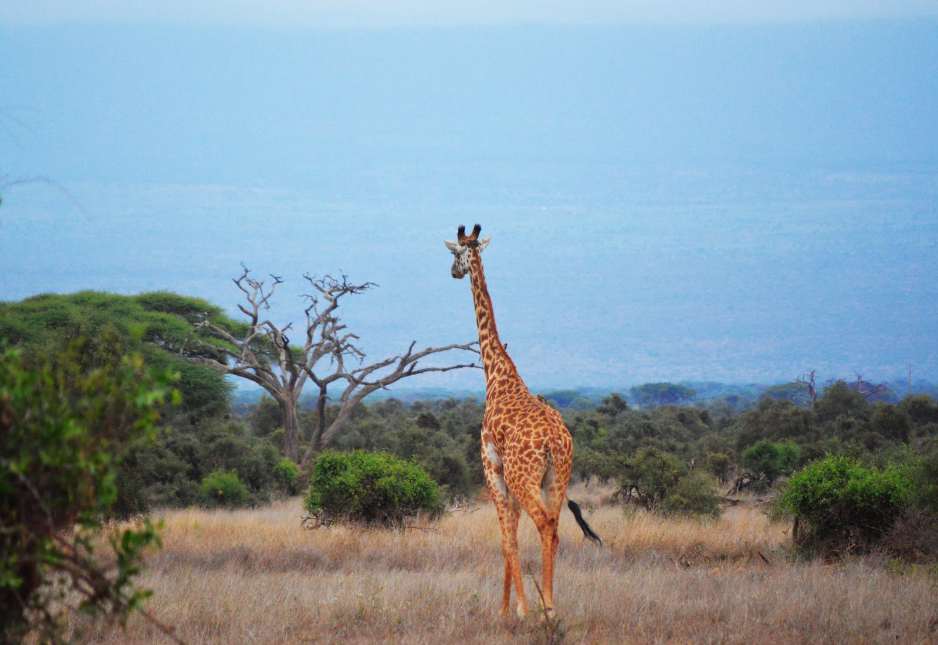
(Marika)
Morega is a small town in Lesotho, an important educational center located in the Caledon valley. The town was founded in 1833 and was the first educated town in Lesotho; The town has a national museum with exhibitions covering the history, race, paleontology and future of Lesotho; The museum displays prototypes from the reign of Moshoeshoe I, as well as prehistoric relics and fossils.
The town has the oldest house in the country, a church built in 1850, and the oldest printed matter in the country, almost a hundred years old. Tourists can also travel here on pony rides, and there are unique local ethnic festivals every year.
(Presidential Palace of Liberia)
Located in the downtown area of the capital Monrovia, it is a 6-story building with the office of Liberian President Ellen Johnson-Sirleaf located on the 4th floor of the building.
(Monrovia)
It is the capital of Liberia, the largest city and the capital of Montserrado State. Located in the Atlantic coast of west Africa, Cape Mesurado and Bushrod Island, according to the mouth of the St. Paul River, is an important sea gateway in West Africa, and the closest port city in Africa to the South American continent.
(Ghadames ancient Town)
The ancient town of Ghadames, a World Heritage site located in the desert oasis west of the Hanla region in Libya, Africa, has always been known as the "pearl of the desert", one of the oldest cities on the northern edge of the Sahara, and an example of a traditional gathering place, where each floor of the building serves a different purpose.
The Roman Empire and the Berbers conquered the area successively, bringing unique features to the traditional architecture of the ancient city. The old town of Ghadames and its surrounding oases occupy a total area of 225 hectares, of which 10 hectares are earth houses, most of which are built in areas rich in spring water.
(The archaeological site of Umraisas)
The archaeological site of Umm Raisas, Jordan, is located in the semi-arid steppe region of the Jordanian desert east of the Dead Sea, more than 80 kilometers south of the Jordanian capital and 30 kilometers southeast of Madaba City, the capital of Madaba Province in central Jordan.
(Archaeological site of Cyrene)
Cyrene archaeological site, one of the archaeological sites. Cyrene is the island of Thera, a Greek colony and one of the major cities of Ancient Greece. It has been romanized. It was a strong and prosperous city until the earthquake in 365 AD. Thousands of years of Cyrene's history are written in its ruins.
The site of Cyrene was built in the 7th century BC in the Green Mountains region of Libya under the influence of the Carthaginian dynasty.
In the 4th and 5th centuries BC, Cyrene experienced its most prosperous period, a flourishing industry and commerce, which was therefore valued by Alexander the Great, and was protected from military sacking.
(Archaeological site of Sabratha)
The archaeological site of Sabratha, located on the Mediterranean coast of Libya, 1.5 km from the center of Sabratha and 60 km east of the Libyan port city of Tripoli, was a Phoenician trading post and an outlet for the export of goods from the African interior.
Most of the main buildings in Sabratha were built in the 2nd and 3rd centuries, when the city of Sabratha reached its peak. In 1982, UNESCO listed the archaeological site of Sabratha as a cultural heritage and included it in the World Heritage List.
(Archaeological site of Lepotis)
The archaeological site of Lepotis is located at the mouth of the Lebda River in the Kom region of Libya, 123 km east of the capital city of Tripoli. The waves of the Mediterranean Sea have accompanied this ancient city through countless vicissitudes, dating back to 1000 BC. In 1960, a Phoenician burial site was excavated by an archaeological team, but its main cultural value lies in the later Roman Empire.

